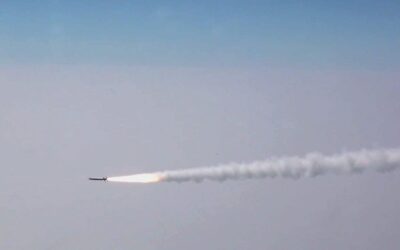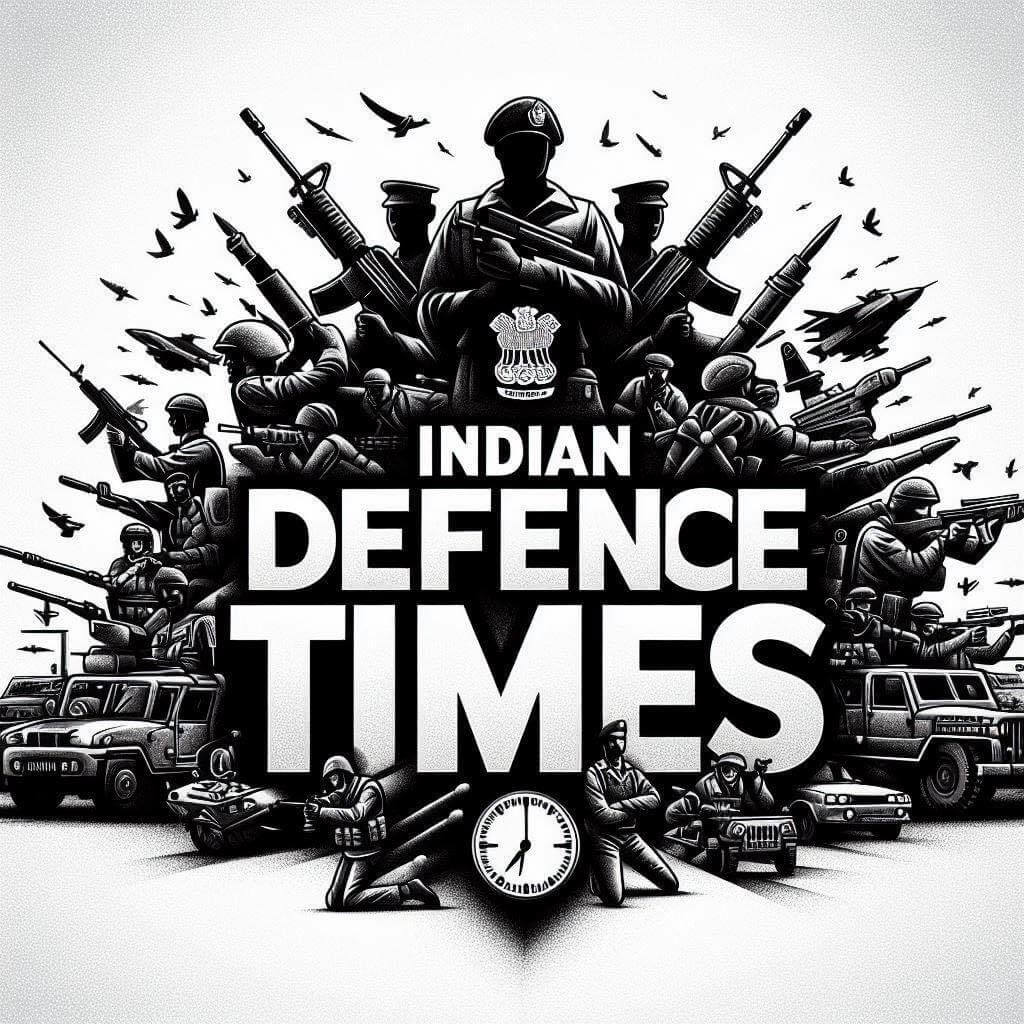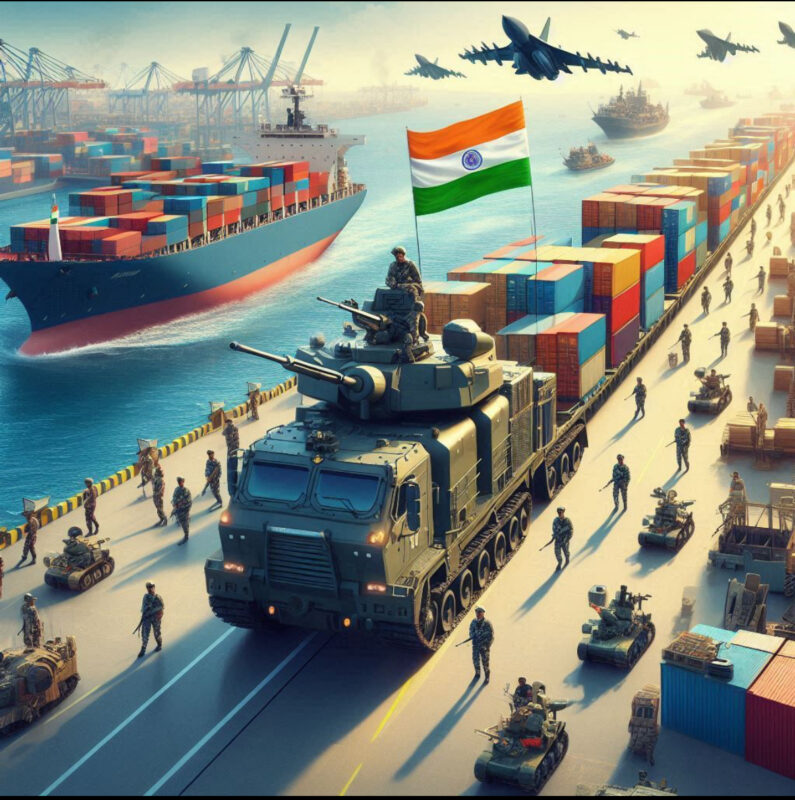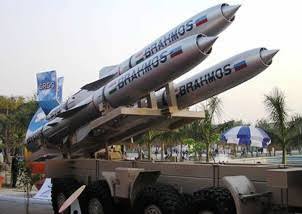India’s defense landscape witnessed a monumental achievement as the Defence Research & Development Organisation (DRDO) successfully conducted a flight-test of the RudraM-II missile. This air-to-surface missile, launched from an Su-30 MK-I aircraft, soared through the skies off the Odisha coast, marking a significant milestone in India’s defense technology.

The RudraM-II is an air-launched missile with a solid propulsion system, meticulously engineered for the purpose of engaging and neutralizing various types of ground targets. The test, which was carried out at approximately 11:30 AM on May 29, 2024, confirmed the missile’s operational capabilities, including its advanced propulsion system, and its precision control and guidance mechanisms.
Developed entirely within the country, the RudraM-II integrates numerous cutting-edge technologies pioneered by DRDO’s network of laboratories. This integration is a testament to India’s dedication to achieving self-sufficiency in defense technology and its ongoing efforts to modernize its armed forces.
Throughout the test, the missile’s trajectory and performance parameters were closely monitored and confirmed using a comprehensive array of tracking instruments. These included state-of-the-art electro-optical tracking systems, ground-based radars, and telemetry facilities, all coordinated by the Integrated Test Range in Chandipur, supplemented by naval assets.
The DRDO’s commitment to bolstering India’s defense arsenal is evident in the success of the RudraM-II test. This achievement has been met with commendation from the nation’s Defense Minister and the DRDO’s leadership, who have praised the collaborative efforts of the DRDO scientists, the Indian Air Force, and the industry partners involved.
With the RudraM-II, India fortifies its strategic defense capabilities, enhancing its deterrence potential and readiness for contemporary combat scenarios. This triumph in missile technology propels India forward in its quest for defense autonomy and showcases the nation’s capability to protect its sovereignty with homegrown solutions.





